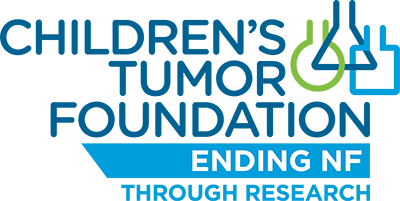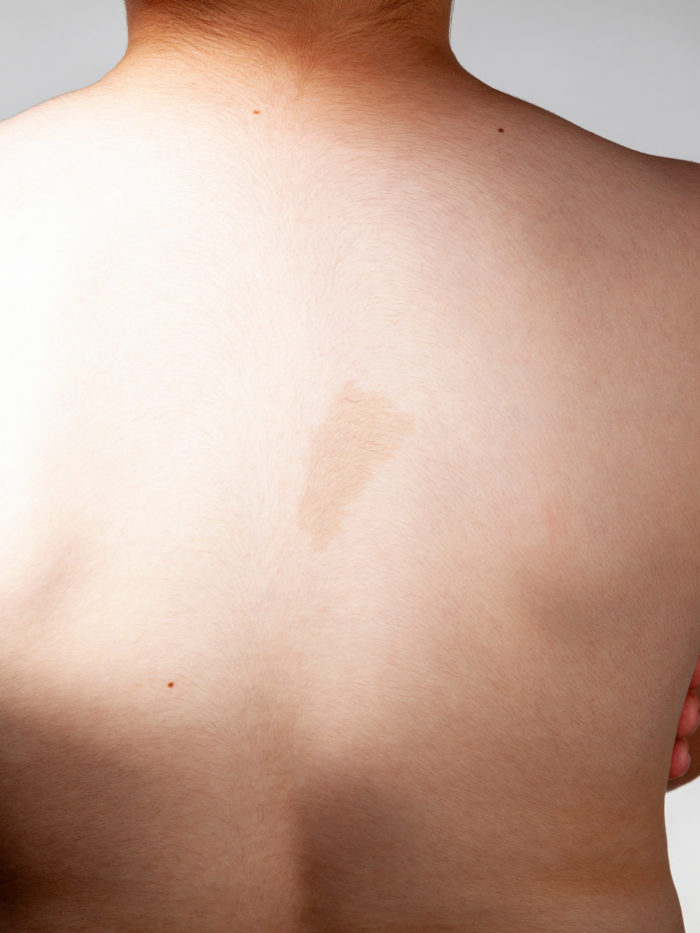What is Neurofibromatosis 1?
Neurofibromatosis type 1 (NF1) is a common genetic disorder that can affect the skin, brain and eyes. It occurs in about one in 3,000 to 4,000 births in the U.S. It is sometimes called Von Recklinghausen’s disease. The most common symptom of NF1 is birthmarks, and most children show this symptom only with no other problems.
What causes neurofibromatosis 1?
NF1 is an autosomal dominant condition caused by a mutation in the NF1 gene on chromosome 17, which can be inherited from a parent with the disease, or occur spontaneously. The condition is inherited from a parent in about 50 percent of cases. A parent with NF1 has a 50 percent chance of passing on the genetic mutation and disease to each child. Males and females are equally affected, regardless of how the disease occurs.
What are the symptoms of neurofibromatosis 1?
The classic symptom of NF1 is light brown patches of pigment on the skin, called cafe-au-lait spots. If a child has three or more of these spots, we recommend having a consultation with a genetic specialist to evaluate for the possibility of NF1. Other symptoms include freckling in areas of the body that are not exposed to sun, like under the arms and the groin. Lisch nodules, which are small bumps on the iris (colored part of the eye), may appear around adolescence, but usually do not cause problems. There are specific diagnostic criteria for NF1, which the geneticist will discuss with you at the time of your visit.
In very rare cases, children with NF1 may have skin tumors called neurofibromas, which can be found growing on the nerves and in various organs of the child’s body. Brain tumors may occur in patients with NF1, though this is also rare.
If a child has any of these complex symptoms, CHOC uses a team approach, with specialists in multiple areas to address all of their needs.
How is neurofibromatosis 1 diagnosed?
NF1 is congenital (present at birth). The diagnosis can be made with a physical exam when the child is young. During the visit, the genetics doctor obtains a complete prenatal and birth history of the child as well as a family history. There is genetic testing available for NF1, however this is a diagnosis that can typically be made clinically by the time a child is 5 years of age. Therefore, genetic testing may not be necessary and is determined on a case-by-case basis.
How is neurofibromatosis 1 managed?
Since NF1 is a lifelong condition, the focus is on medically managing the symptoms. A child is best managed by a multidisciplinary team like CHOC’s that includes the following health care providers:
- Genetic specialist
- Neurologist
- Neurosurgeon
- Orthopaedic surgeon
- Ophthalmologist
- Oncologist
- Nurse
- Rehabilitation team (physical, occupational, speech therapy, audiology).
The CHOC Neurofibromatosis Program is designed to follow a child regularly and comprehensively, to manage NF1 in any way needed.
















